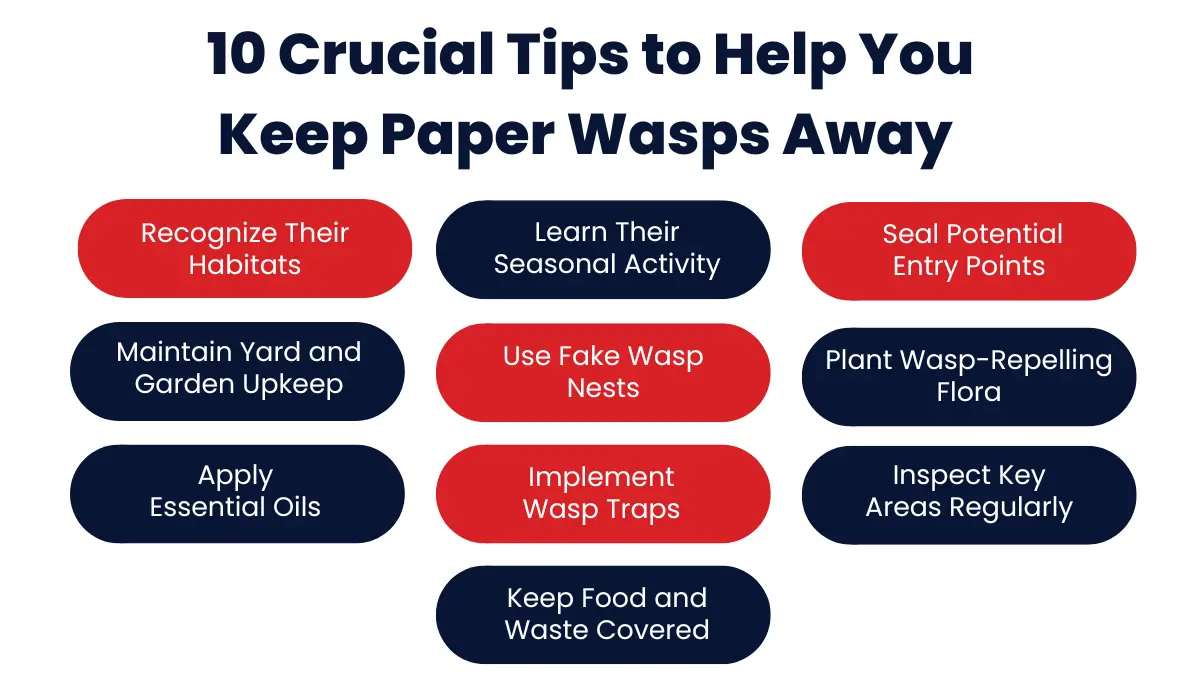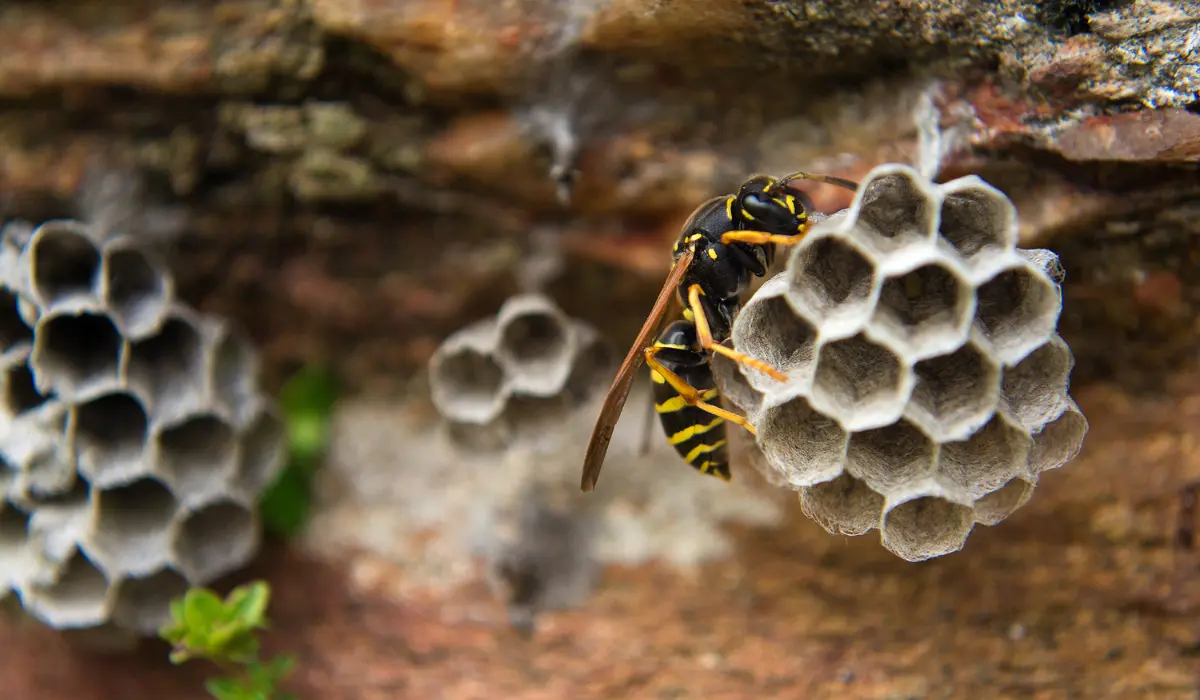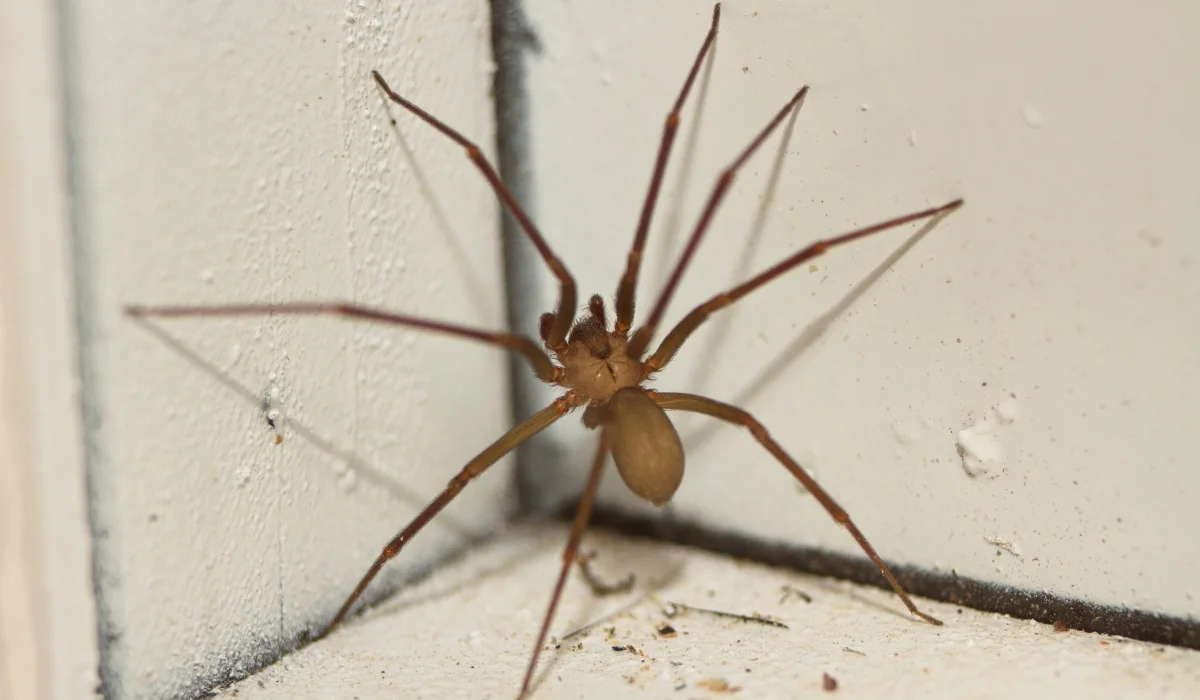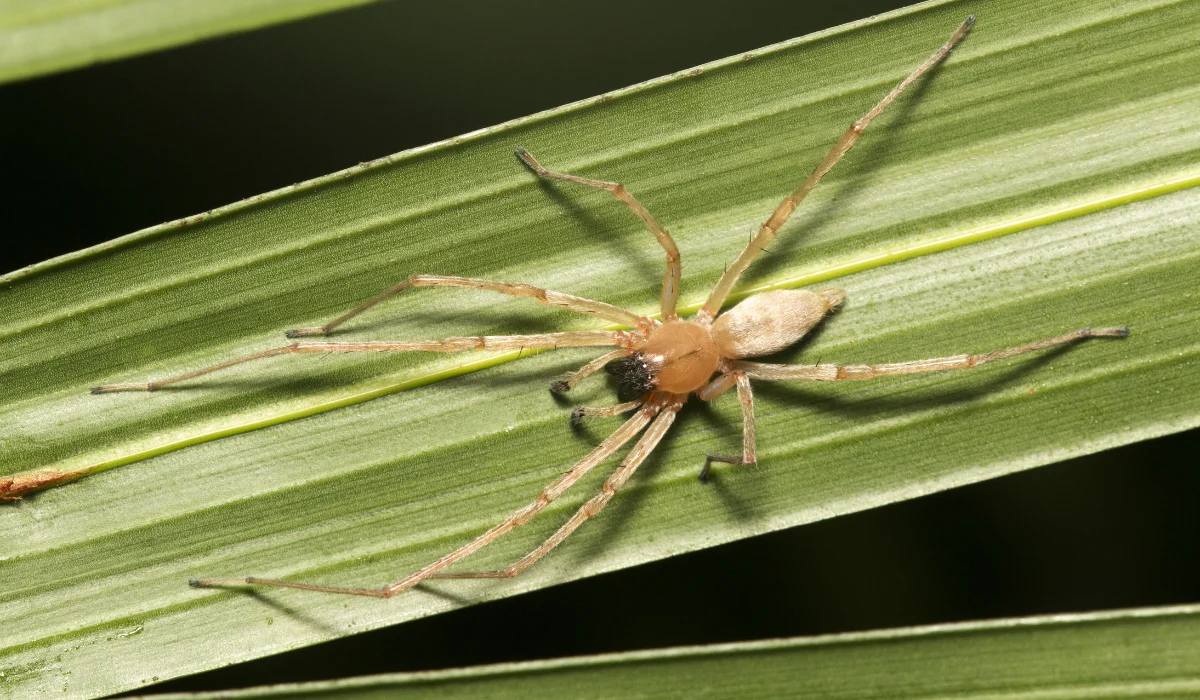Nobody likes uninvited guests, especially not the buzzing kind. The key to keeping paper wasps away is prevention and regular maintenance. Simple steps like sealing up cracks and crevices in your home’s exterior can make a big difference.
Wouldn’t it be nice to enjoy outdoor spaces without worrying about wasp stings? Learn more effective strategies and solutions by continuing to read this post.
Key Takeaways
- Recognizing paper wasp habitats and sealing potential entry points are crucial to preventing infestations before they start.
- Understanding the seasonal behaviors of paper wasps helps in planning effective interventions.
- Professional pest control services offer safe and thorough wasp removal for difficult or risky situations, ensuring all stages of wasps are dealt with.
HOW TO GET RID OF PAPER WASPS

Beyond protective clothing or DIY pest control, tackling a paper wasp infestation yourself can be risky. However, taking proactive preventive measures around your home can deter these stingers from building in the first place.
1. Recognize Their Habitats
Understanding where paper wasps like to build their nests is essential for effective removal.
Typical places include eaves, attics, and overhangs. These stinging insects often prefer sheltered locations to protect their colonies from predators and the elements.
Recognizing their habitats allows you to take preventative measures before nests become a bigger problem.
2. Learn Their Seasonal Activity
When building nests, paper wasps are more active in certain seasons, particularly spring and summer. Knowing these patterns helps plan the best times to inspect and remove nests.
Here’s what you must know:
| Season | Details |
|---|---|
| Spring | Building of new nests begins |
| Summer | Increased activity and growth |
| Fall | Dwindling activity as wasps die off |
| Winter | Remaining queens hibernate |
3. Seal Potential Entry Points
Sealing entry points, including cracks and gaps around windows, doors, and vents, prevents paper wasps from entering and building nests in homes.
Consider these actions for a wasp-proof home:
- Use caulk for gaps.
- Install screens on vents.
- Repair broken windows and doors.
- Close garage doors properly.
- Seal around piping and wiring.
4. Maintain Yard and Garden Upkeep
Regular yard maintenance can deter paper wasps from building nests. Pruning trees and shrubs and clearing debris reduce the areas where wasps might find shelter.
Essential maintenance tasks include:
- Trim trees and shrubs.
- Remove fallen fruit and debris.
- Mow the lawn regularly.
- Clear out old wood piles.
- Control caterpillars and wasp species.
- Manage compost heaps properly.
5. Use Fake Wasp Nests
Placing decoy hornet nests can trick paper wasps into staying away, as they avoid areas where other colonies are established. Decoys can be commercially bought or homemade using materials like paper bags.
6. Plant Wasp-Repelling Flora
Certain plants naturally repel wasps. As homeowners, you can strategically plant these around your homes to deter wasps from nesting nearby.
Some effective plants include citronella, geraniums, lemongrass, and eucalyptus.
7. Apply Essential Oils
Essential oils like eucalyptus or peppermint oils act as natural wasp repellents. They can be used in spray bottles around homes and gardens.
Here’s how to make and use essential oil as wasp deterrents:
- Mix 10-15 drops of oil with water.
- Optionally add a few tablespoons of dish soap for adhesion.
- Spray around entry points and potential nesting sites.
- Reapply the wasp spray weekly or after the rain.
8. Implement Wasp Traps
Wasp traps can effectively reduce the number of paper wasps around the home by disrupting their pheromone trails. By disrupting them, the traps confuse wasps and make it harder for them to find your home attractive.
Here are some types of wasp traps:
| Wasp Traps | Details |
|---|---|
| DIY Trap | Sugar water mixed with dish soap in a container |
| Commercial Traps | Available at garden centers |
9. Inspect Key Areas Regularly
Regular inspections help catch wasp activity early, preventing large infestations. As homeowners, you should check typical nesting sites frequently, including:
- Eaves and overhangs
- Attics and garages
- Shrubs and trees
- Under decks
- Around garbage cans
10. Keep Food and Waste Covered
Open food and waste attract wasps and other pests. So, keeping these food sources covered becomes critical to reducing your home’s attractiveness to wasps.
Vital practices against these pesky insects include:
- Cover trash cans tightly.
- Clean up food spills and crumbs.
- Avoid leaving pet food outside.
- Store sugary foods securely.
- Use wasp-proof bins.
IS IT TIME TO CALL THE EXPERTS?
Sometimes, dealing with paper wasps requires more than just commercial-grade insecticides. Rather than risking a painful sting from wasp nests around your home, seeking pest control experts can make the process smoother and safer.
Whether you’re in Baton Rouge or New Orleans, seeking expert help should be easy. For immediate intervention for a severe infestation, let Lajaunie’s wasp & hornet control specialists tailor a solution that’s right for your home.
For more information about the areas we service, visit our location page.
 By: LaJaunie's Pest Control
By: LaJaunie's Pest Control 


